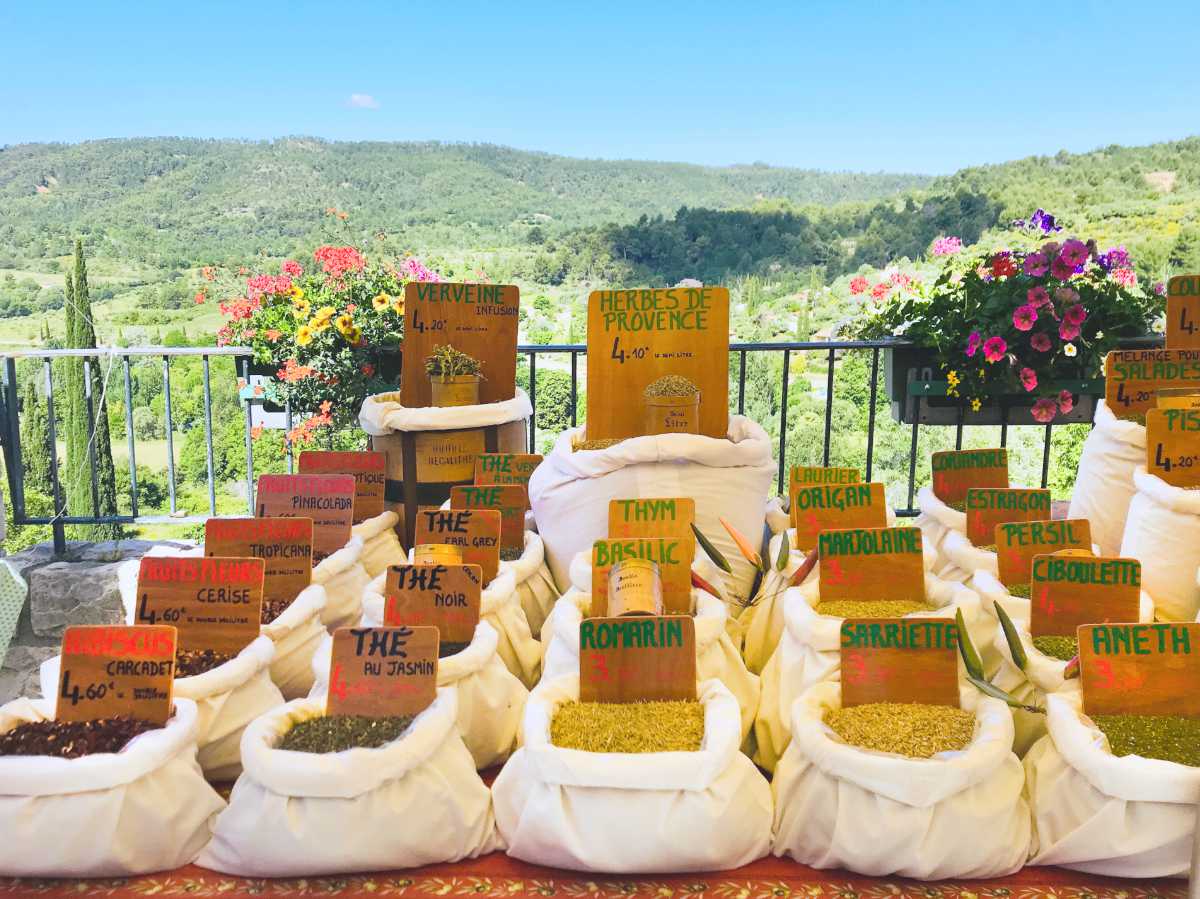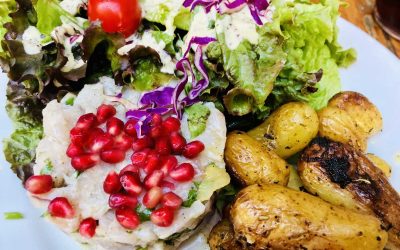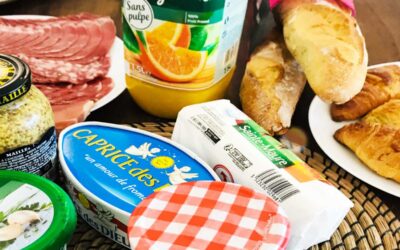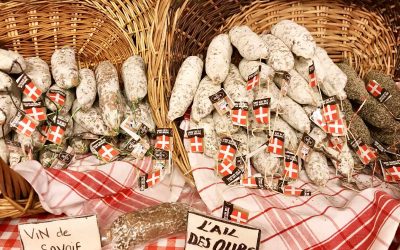If you are prepping French food on a regular basis, you may have noticed that there are several ingredients that come up again and again. Bouquet garni, anyone?
So I thought I’d put together a list of staples in that quintessential French pantry. Because, don’t you just hate it when the recipe calls for an ingredient that you simply don’t have?
The basics of a pantry à la française may seem intimidating, but everything on the list should be easily available wherever you are. Many of these basic seasonings will be found in the aisles of your local grocery store or farmers’ market.
Keep in mind that in France, it is typical to buy fresh ingredients daily, and store them since most French people don’t have giant refrigerators or walk-in pantries.
The French cook in a way that is somewhat from different from the way North-Americans do. The food is less spicy, and focuses on the natural flavors of the ingredient. Having lived in both countries, I’ve noticed that the French try to avoid too many processed foods or sauces like sriracha that will overwhelm the dish.
Meats are bought fresh from the butcher, added to vegetables that are in season, with a dash of oil and herbs and spices. So you don’t need to buy everything on my printable list in one shot, but can start to accumulate it over time, as you become more comfortable with French cooking.
I’ve included explanations and links to popular French recipes, so that you can see how the ingredients are used. (After all, I could say “get red vinegar”, but it wouldn’t be clear what it was for!)
And so with that, here are my favorite ingredients and utensils when stocking your pantry, along with a printable list at the end. Allons-y!
I. Dairy products
1. French butter
French butter has a lighter percentage of fat (minimum 82%) in it than American butter (80%) and so tends to be softer and easier to cook with. It also sometimes comes with salt already in it, beurre à sel, which if you’ve ever tasted it, you know it is heavenly!
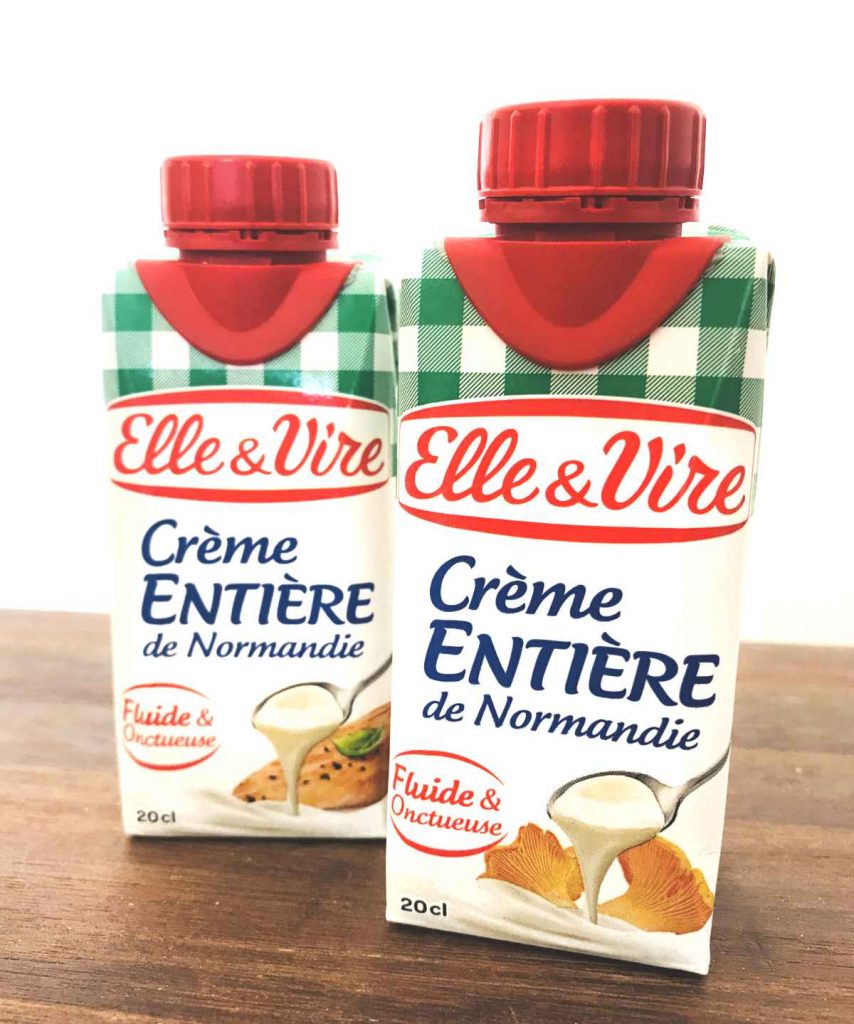
2. Crème fraîche (heavy cream)
Every pantry in France will have crème fraîche in it, which is a heavy cream. When you don’t have time to make a béchemel sauce in creamy chicken blanquette, or want to add some liquid to a gratin dauphinois, add some crème fraiche and you are done.
Crème fraîche comes in liquid or a more solid form and the most popular type French cooks use is crème fraîche entière which is usually more than 21% fat.
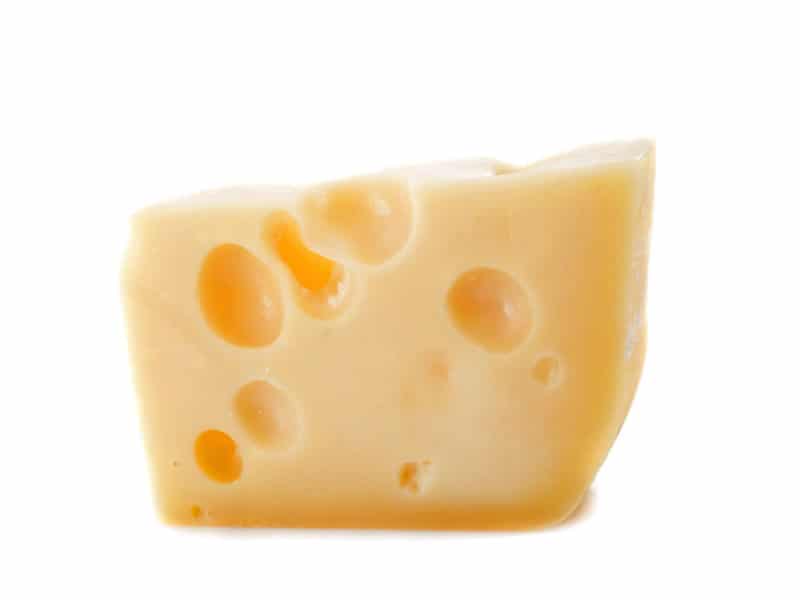
3. Hard cheese
There are several French recipes like fondue or tartiflette that require shredded hard cheeses, so every pantry should have some emmental or gruyère in it. You can read more types of French cheeses here.
4. Fromage frais
Fromage blanc (“white cheese”) is a creamy soft cheese that is a lot like low fat cream cheese.
It is basically the French equivalent of Philadelphia Cream Cheese, used to tartine (spread) a baguette for breakfast or as a snack. Boursin cheese is herbed version of fromage frais.
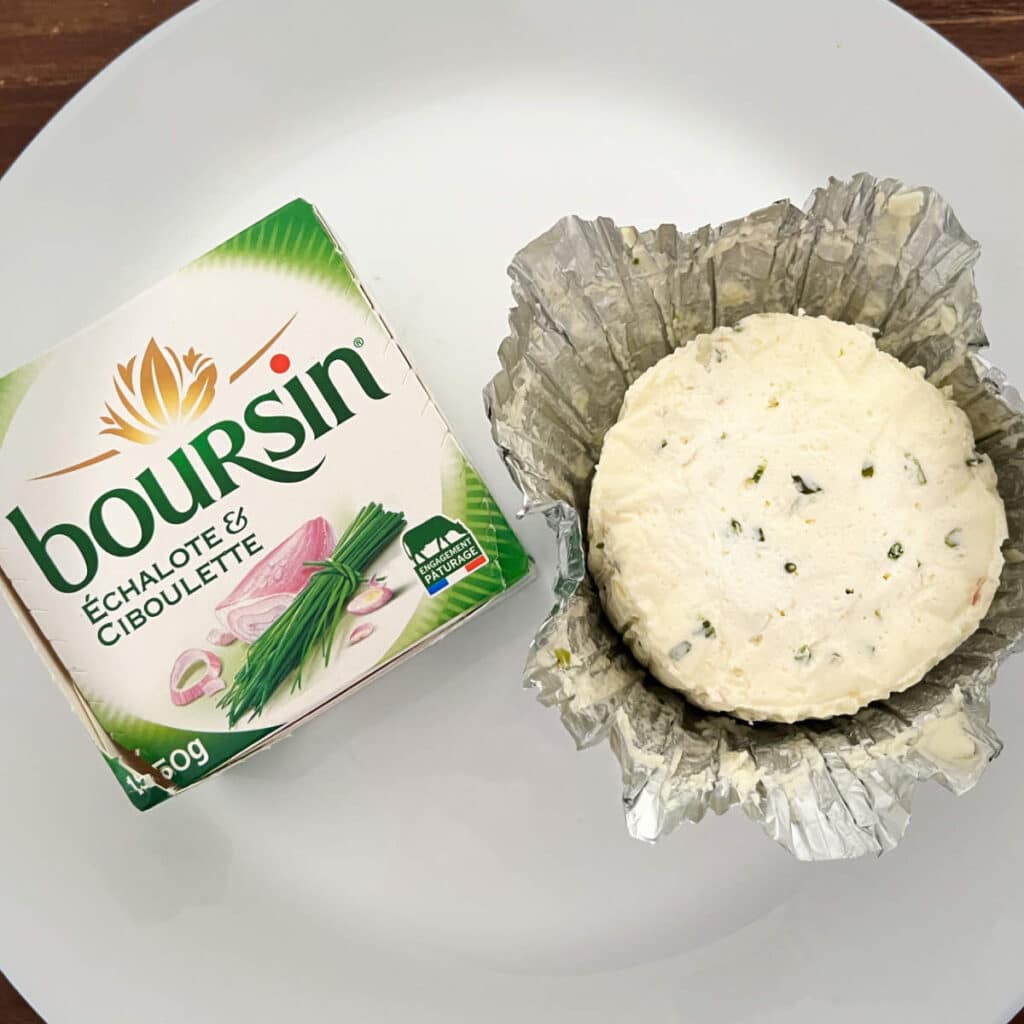
5. Yogurt or fromage blanc
Fromage frais (“fresh cheese”) is a bit more like yogurt although it does not contain live cultures when sold, whereas with fromage blanc the fermentation has been halted.
Fromage frais is usually used in desserts and after-school snacks, such as whipped creamy fromage frais topped with fruit, along with yogurt
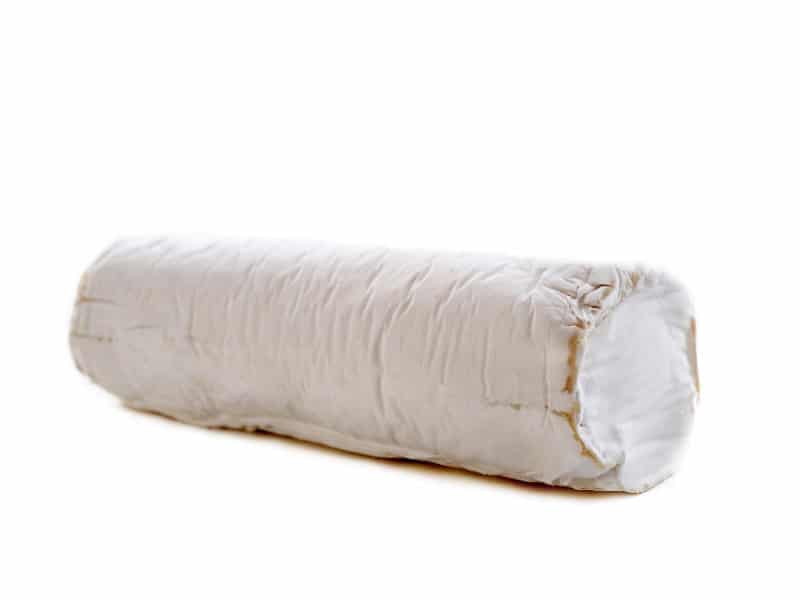
6. Goat cheese
A bit of goat cheese adds instant flavor to a salad or a savory crêpe. The most popular type to cook with is a bûcheron which has a soft white rind and a creamy interior.
II. Meats
1. Bacon lardons
Bacon lardons are small matchstick size pieces of ham that are usually added in French recipes to add flavor, almost like stock cubes do. French dishes like the quiche lorraine or a savory cake salé use lardons in recipes. A bit of meat, without having a full meal with meat as a centerpiece. You can read more about bacon lardons here, with recipe ideas.
If you can’t find lardons or bacon, you can get jambon cru instead, which is a charcuterie uncooked ham that you can chop up and add to the dish instead.

2. Eggs
You never know when you need an egg, for example in a spinach quiche. Interestingly, eggs in France are brown and are not usually kept in the freezer. (You can read more odd facts about French food here.)
III. Spices and Herbs
1. Herbs
A lot of French cuisine, and especially Provençale cuisine relies heavily on herbs like bay leaves, parsley, thyme, etc. You will often see them on French websites written as a bouquet garni as shorthand in the recipe.
For instance all the stew recipes like boeuf bourguignon or chicken provençale depend on some combination of herbs these herbs (although I usually write out the the spices to include in my recipes). You should also keep a mortar and pestle on hand in order to ground down the herbs and, most important of all, the garlic as necessary.
2. Spices
Since traditional french food is not usually very spicy, there is less of an emphasis on spices like paprika, ginger, or turmeric. A good salt like fleur de sel and a pepper grinder however, is a must in a French chef‘s pantry.
Freshly grated nutmeg is also featured in recipes like a gratin, along with a variety of stock cubes (chicken, beef, vegetable, etc.) to be used in stews.
IV. Condiments
1. Oil
Is it love that “makes the world go around” or is it oil? Olive oil specifically is a staple of the pantry, especially for all those delicious recipes from the South of France like provençale tomatoes.
Since olive oil is best used for cooking at lover temperatures, sunflower oil is better used for high heat foods. And for something different, try peanut oil which provides an additional a slightly earthy note and a more interesting flavour than plain vegetable oil.
2. Vinegar
Vinegar’s acidic properties has been proven to have many health benefits such as helping with digestion and reducing cholesteral. It is fat-free, low-calorie way to add flavor without adding fat, and so has become a staple in French kitchens.
Red and white wine vinegar is used usually for deglazing and making sauces. Just add a bit to the pan once the meat is off, and use it scrape off all those little bits of meat and fat. Combine in a bowl and serve as a sauce.
Other vinegars like balsamic vinegar or apple cider vinegar are slightly sweeter and can be used in vinaigrettes or for marinating meats.
3. Mustard
Not yellow American mustard, but dijon mustard from the town of Dijon. French cuisine might not use a lot of spice, but mustard is often added to amp up the heat and to thicken a vinaigrette in a salad like a salad niçoise. Dijon mustard comes in different flavors, from honey to spicy and everything in between.
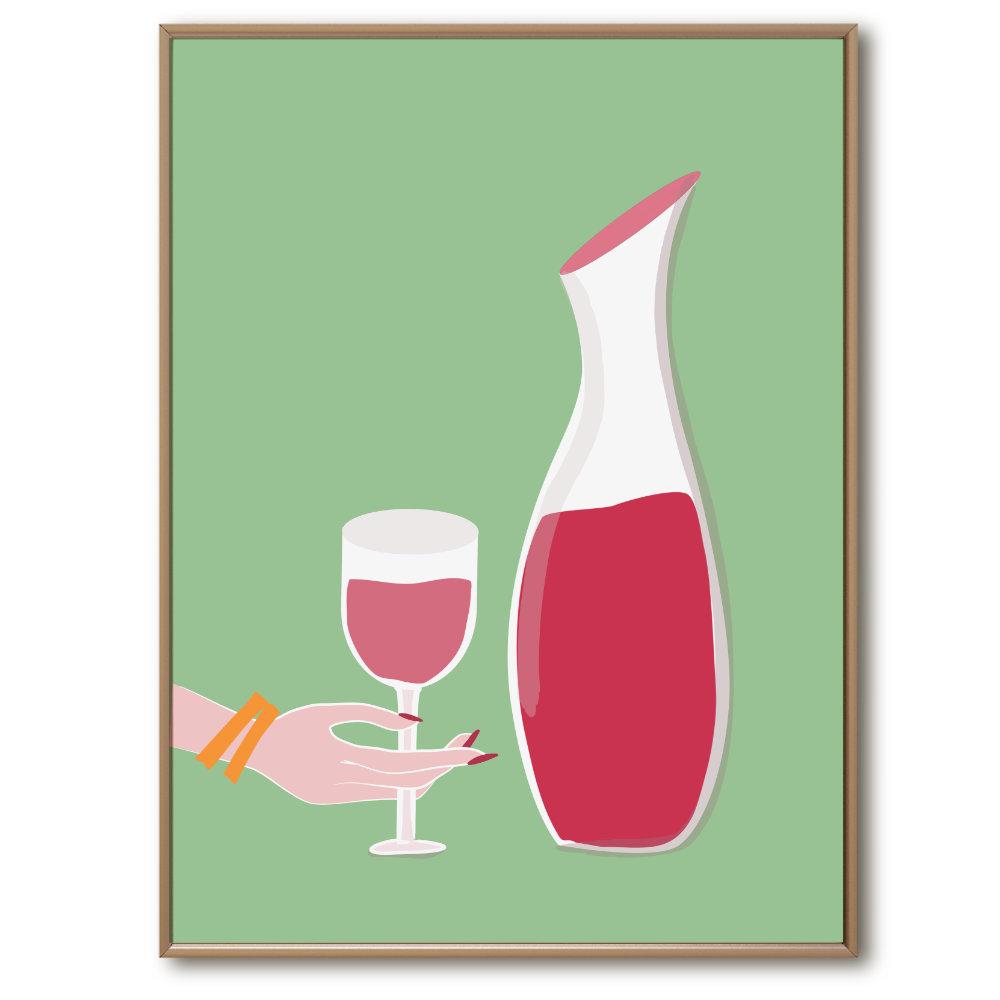
V. Liquors and wine
Many French stews recipes involve some amount of wine or liquor to add flavor. The coq au vin literally translates to chicken in wine. This is not usually the most convenient if you don’t drink alcohol, or if you are serving it to kids. In theory however, the alcohol should have cooked off by the time it is served.
Now we don’t want to use your best French bordeaux in recipe, there are several grades of wine, from AOC/AOP to table wines. Table wines are usually fine.
You can read more about French wines here.
Most recipes use red wine, so a good medium-priced bottle to use is Côtes du Rhone or Beaujolais Red. For white wine, try a Chablis, Sauvignon, or Riesling. Other recipes like a crêpe suzette will call for a cognac or grand marnier.
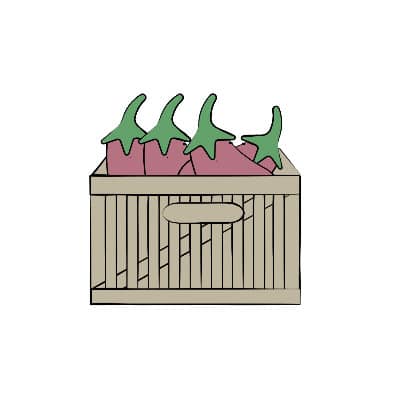
VI. Vegetables
French cooking revolves around the concept of terroir as in “the land”. The best vegetables to stock in your pantry are the ones that are in season, and if possible, cultivated closeby.
This is why farmers’ markets are so popular in France. Even in big cities like Paris, will have a pop-up farmers’ markets a couple of times a week in different neighborhoods. Here is a quick chart to show when particular vegetables are in season:
| Time of the year | Seasonal Vegetables |
|---|---|
| Summer | cucumber, artichoke, peppers, broccoli, tomatoes |
| Fall | beetroot, aubergine (eggplant), yams, zucchinis |
| Winter | cauliflower, celery, brussel sprouts, green beans |
| Spring | leeks, spinach, snap peas, carrots |
Other vegetables like carrots, onions, garlic, and tomatoes (fresh or canned) are staples all year around. Any of these ingredients, combined with a few sauces and large cocotte casserole or baking dish, and you’ve got the basics of a French meal.
VII. Dry Staples
For some carbs, add in a few dry staples like rice, pasta, and lentils. I quite enjoy long brown rice, but any rice will do. For pasta, tagliatelli goes quite well if you are combining it with a meat dish. Green or black lentils are also great, if you are looking for something different.
And finally, it is always useful to have on hand a few tablets of chocolate. You never know when you need a bit of chocolate sauce for a crêpe or to top an ice cream. Or for that midnight snack bien sûr!
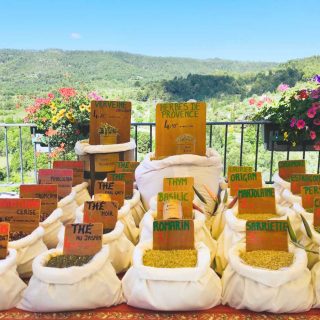
How to stock a French Pantry (printable list)
Equipment
- Chopping board
- Mortar and pestle
- Cocotte (casserole with lid)
- Deep baking dish
- Sharp knife set
On hand
Dairy
- French butter
- Crème fraiche
- Milk
- Fromage frais
- Yogurt or fromage blanc
- Hard cheese Emmental or gruyère
- Goat cheese
Meats
- Bacon lardons
- Eggs
- Jambon cru
Spices and Herbs
- Salt fleur de sel
- Freshly ground pepper black, white, etc.
- Thyme
- Parsley
- Bay leaves
- Basil leaves
- Nutmeg
- Brown sugar
- Stock cubes chicken, beef, vegetable, spice
Condiments
- Olive oil
- Sunflower or peanut oil
- Vinegar Red, white, balsamic, etc.
- Dijon mustard
Wine and Liquor
- Red wine: Côtes du Rhone or Beaujolais Red
- White wine: Chablis Sauvignon or Riesling
- Cognac
- Grand Marnier
Vegetables
- Carrots
- Onions white or red
- Garlic
- Leeks
- Potatoes
- Tomatoes fresh or canned
- Green beans
- Mushrooms
- Eggplant
Dry Staples
- Lentils
- Pasta
- Rice long grain, basmati, brown, etc.
- Chocolate tablets
- All purpose flour
Instructions
- Print out list and head over to your favorite grocery store or farmers’ market.
- Happy shopping!

If you enjoyed that, check out our other classic French recipes that are easy to prepare. Bon appétit and à bientôt !
